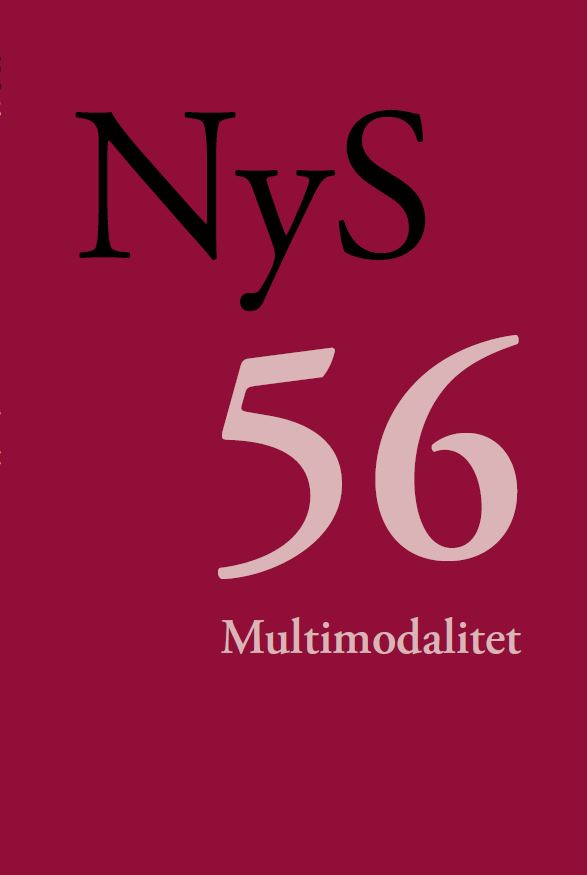The other’s face: revealing aspects of participant orientation based on multimodal interaction analysis
DOI:
https://doi.org/10.7146/nys.v1i56.111286Keywords:
multimodalitet; EMCA; etnometodologi, konversationsanalyse, social interaktion; intersubjektivitetAbstract
We offers a systematic discussion of what multimodality is, and how multimodal interaction analyses can be done from an ethnomodological and conversational analytical (EMCA) perspective. We introduce to the basic methodological assumptions. Based on three different analyses we show what themes, issues and research areas analysts can focus on, and what types of findings and results these types of analyses can generate. A classic theme in the method is intersubjectivity; how participants orient themselves towards each other and create understanding and meaning. Among other things this happens by bodily seeking the other's face and eyes to ensure reception and response. The article provides both an application-oriented introduction to the field and presents new research within the three selected areas. The analyzed examples are excerpts from three different settings: interaction between course participants and a service robot, colleagues in an office landscape as well as a citizen and social-psychiatric worker in video-mediated interaction. The analyses shows what resources and actions participants use to secure the other's attention. Thus, the article contributes with new knowledge about the multimodal semiotic ecology, in which speaking bodies interact in a material world. The article concludes with perspectives on new research areas.
Downloads
Published
How to Cite
Issue
Section
License
Forfatteren/forfatterne og NyS har ophavsret til de artikler og anmeldelser der bringes i tidsskriftet. NyS har ophavsretten til den udgivne version af tidsskriftet. Forfatteren har ophavsretten til sin egen tekst. Forfattere kan arkivere den publicerede artikel på deres institutions forskningsarkiv (Institutional Repository) eller en privat hjemmeside, når forfatteren samtidig linker til artiklen med den officielle DOI.
For artikler publiceret i NyS tillades at læsere kan downloade, kopiere, udskrive, søge eller linke til og citere fra artikler til ethvert lovligt formål. Artikler kan frit deles og linkes til på forsknings- og undervisningsnetværk (så som Blackboard, Moodle, Canvas o.a.). Link foretrækkes fordi det giver oplysning om brug af tidsskriftets artikler, og fordi det anerkender tidsskriftets redaktionelle arbejde. NyS tillader ikke at læsere bruger artikler eller dele af dem i egne artikler uden at citere, eller at læsere på anden vis anvender dem til kommercielle formål.





